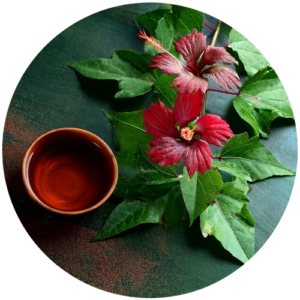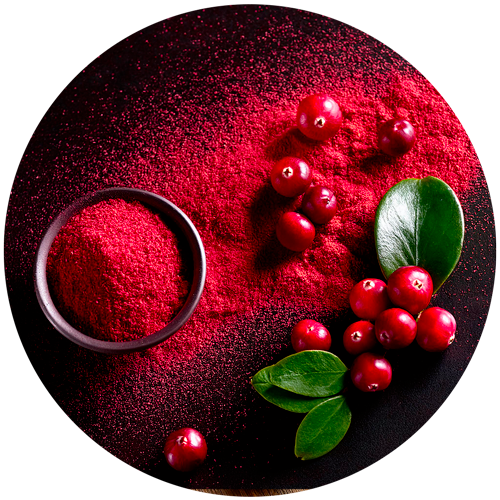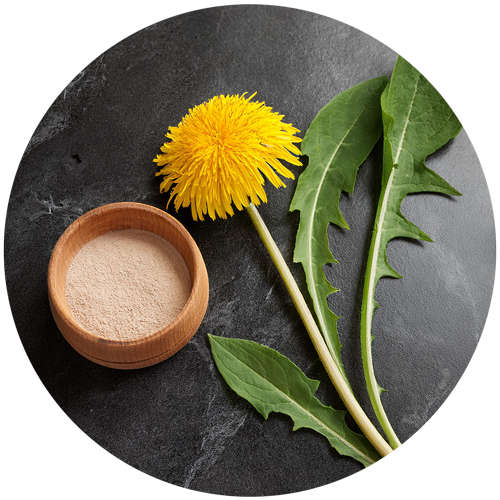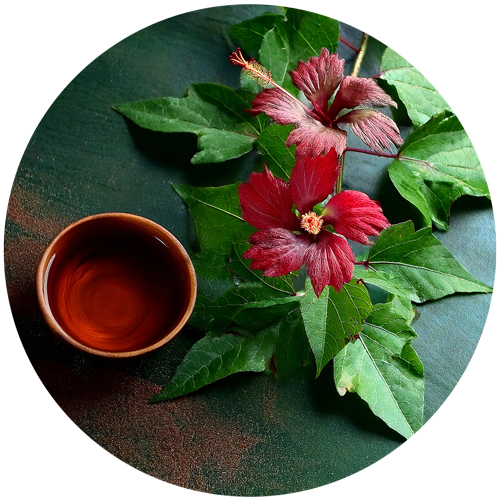

HIBISCUS
Hibiscus sabdariffa L. Toning
Toning  Cardiovascular system
Cardiovascular system  Slimming
Slimming  Renal function
Renal function  Antioxidant
Antioxidant Hibiscus Hibiscus sabdariffa L., also known as roselle, has its flower widely used in phytotherapy for its effect on renal elimination of water, on cardiac function or to soothe sore throats.
Regulations
and analysis
Identification : TLC
Data on traditional use
Cahier de l’agence du médicament :
- Used for temporary fatigue
- Used to facilitate weight gain
German monograph :
- Used for loss of appetite
- Used for the upper respiratory tract
- Used to soothe the stomach and improve intestinal transit.
- Used for renal elimination of water
- Used for blood circulation
Association ideas by health axis
Select one or more axes:
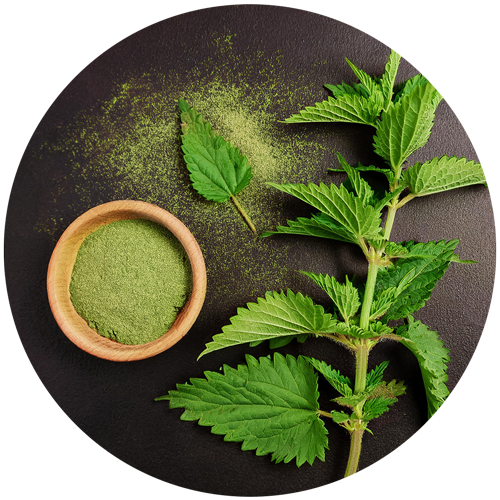
NETTLE
Urtica dioica L.
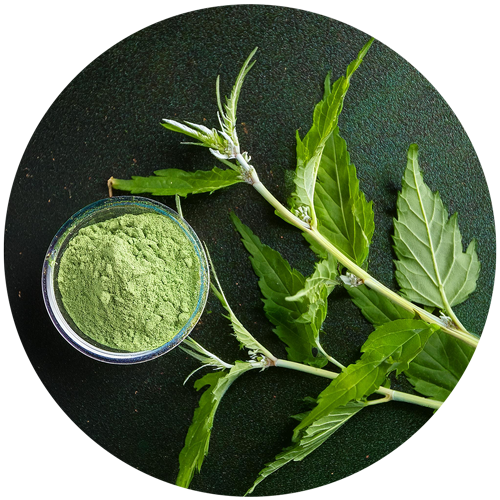
JAVA TEA
Orthosiphon stamineus Benth…
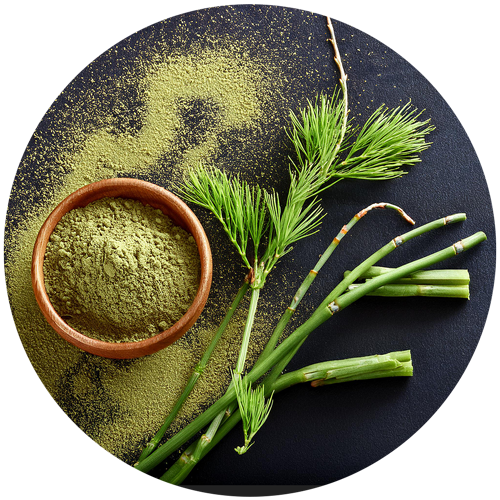
HORSETAIL
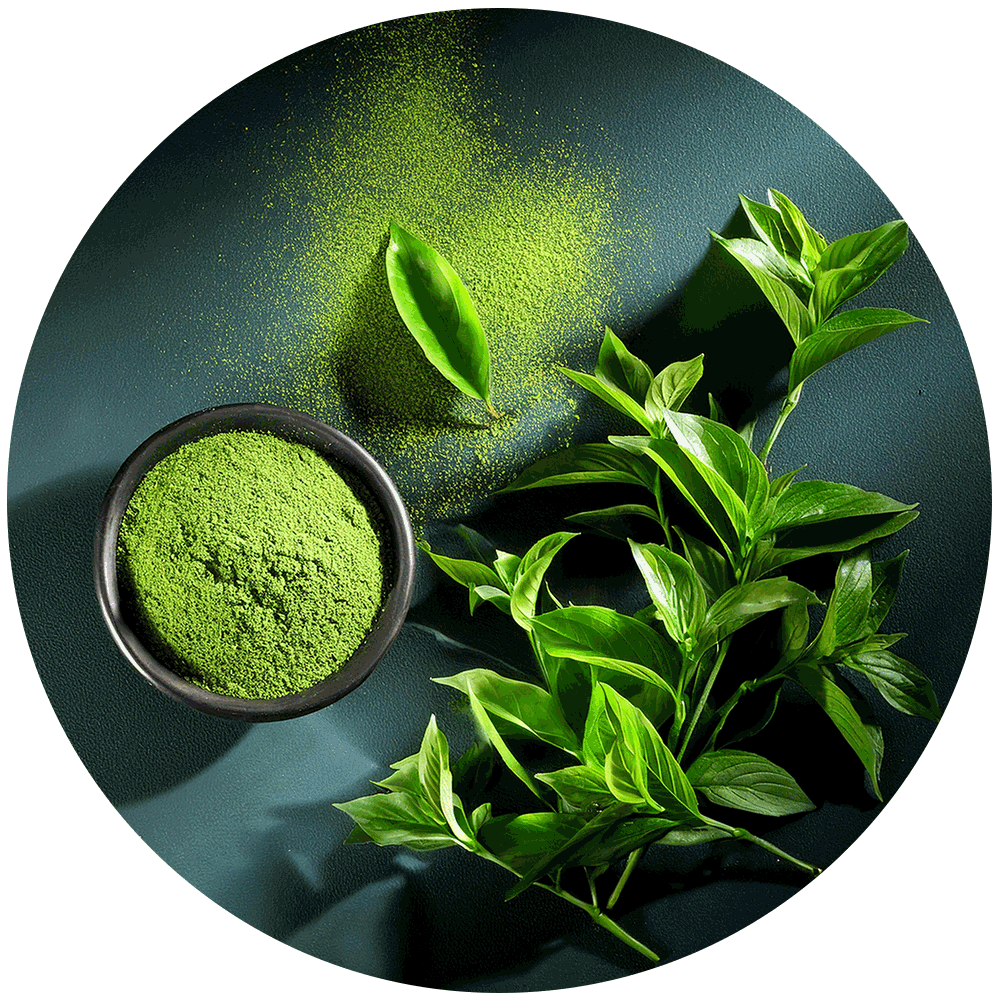
GREEN TEA
Camellia sinensis Kuntze
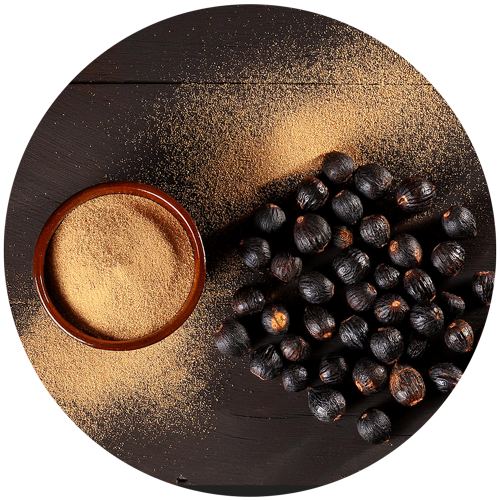
GUARANA
Paullinia cupana Kunth
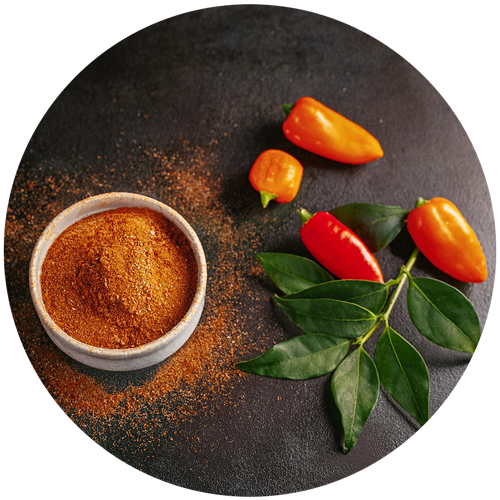
CAPSICUM
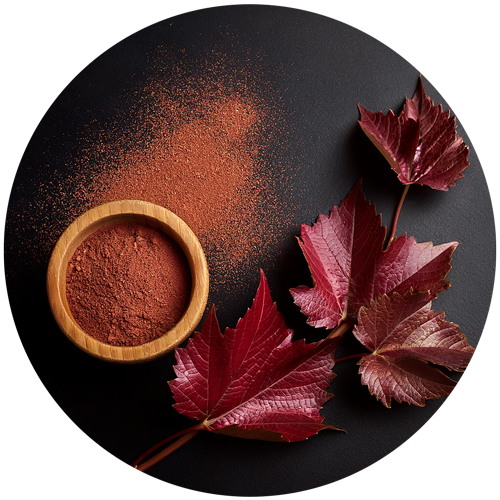
RED VINE
Vitis vinifera L. var. tinctoria
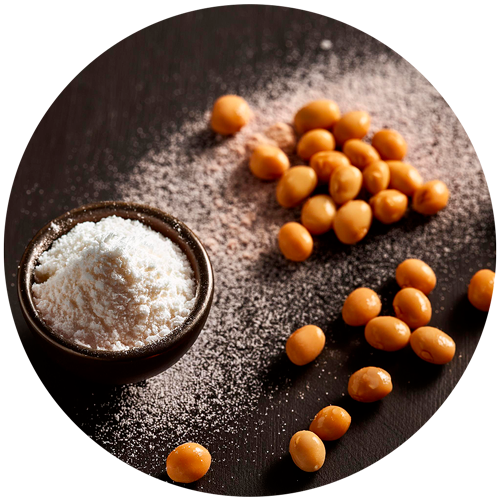
Nattiase: for normal blood flow.
Glycine max L.
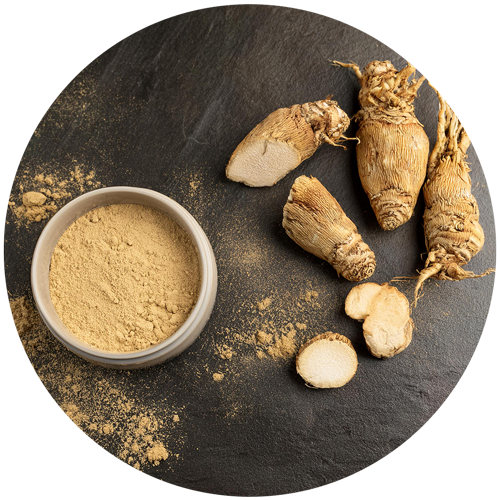
MACA
Lepidium meyenii Walp L.
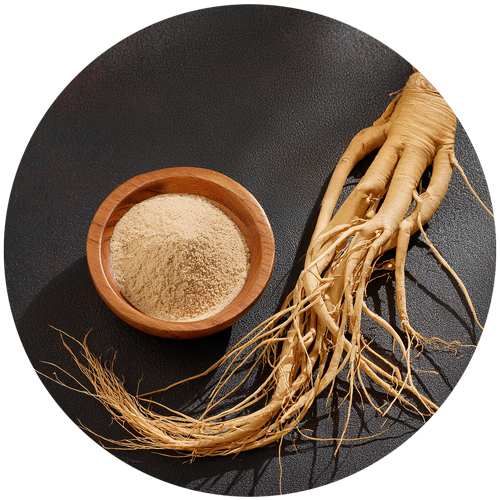
GINSENG
Panax ginseng C.A. Meyer
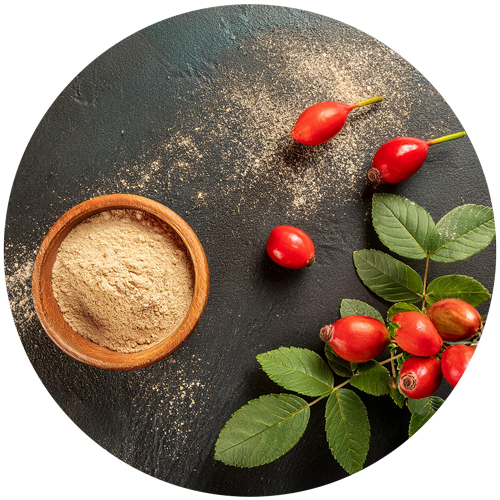
DOG ROSE
Rosa canina L.
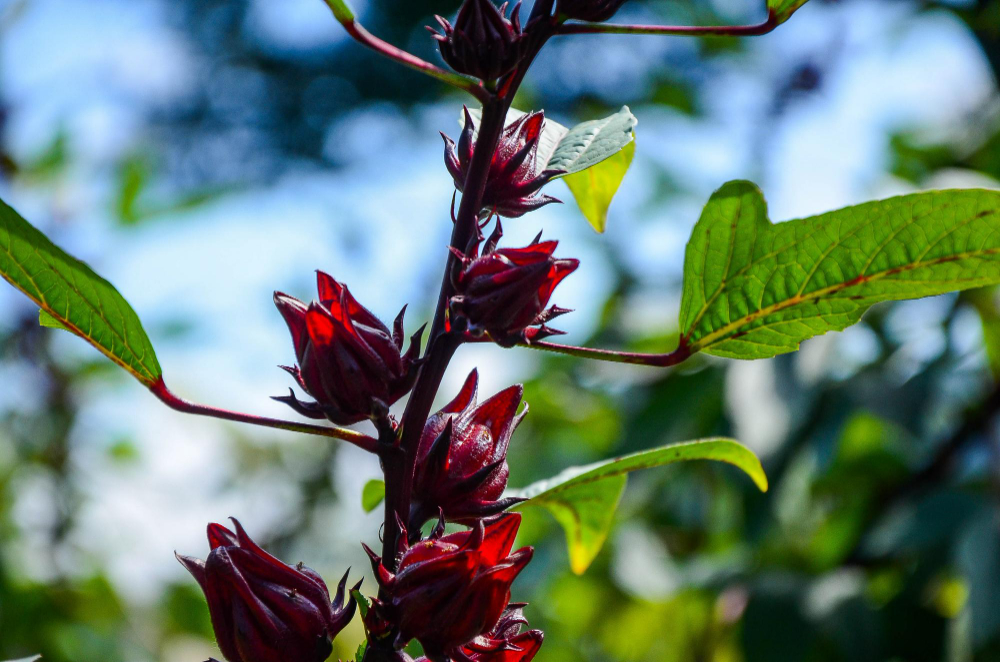
Detailed description
Hibiscus Hibiscus sabdariffa L. is a herbaceous subshrub belonging to the Malvaceae family.
Hibiscus is also known as roselle. It is used for its seeds (oil or powder) and the plant part for its many health properties. It is found in Sahelian Africa, India, the Arabian Peninsula and China. Today, it is widely cultivated throughout the world. Fresh or dried flowers are traditionally used in the preparation of hot or cold drinks, fermented beverages and confectionery, or as a flavoring and coloring agent.
In phytotherapy, flowers are traditionally used for their effect on kidney elimination, heart function or to soothe sore throats. Several studies on hibiscus flower extracts have demonstrated their antioxidant effects, on normal liver and kidney function, and on lipid metabolism. Phenolic acids, organic acids and anthocyanins are thought to be the main bioactives responsible for these effects.
